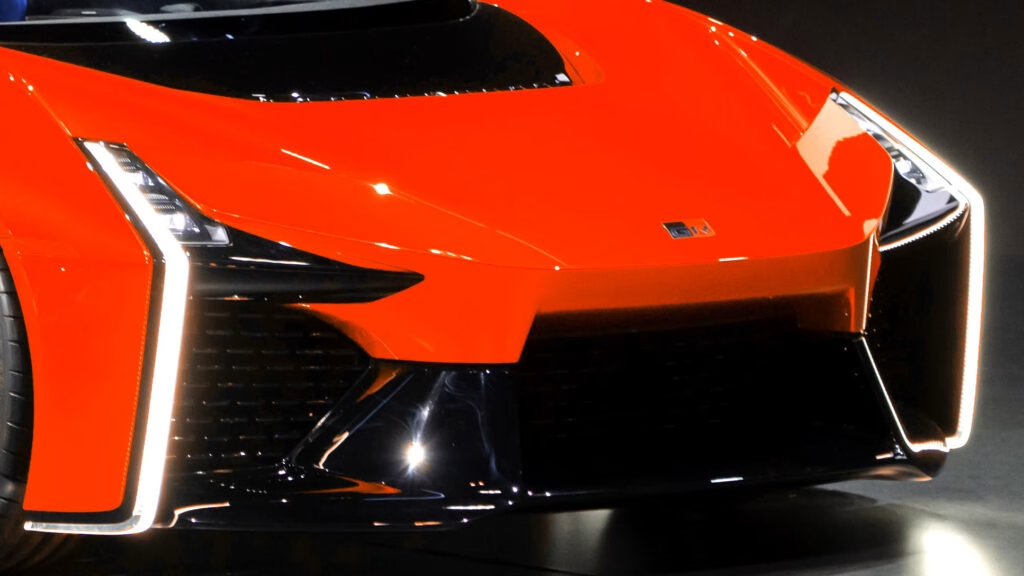How Will Toyota Keep the New GR Celica and Supra From Overlapping?
Toyota fans have been buzzing ever since rumors of a reborn GR Celica started swirling. And for good reason—the Celica name carries a ton of nostalgia, especially for those who remember the heyday of Japanese sports cars. But with the GR Supra and GR 86 still in the mix, you might be wondering: how does Toyota plan to juggle three performance coupes without tripping over itself?
What Sets the GR Celica Apart From the Supra and GR 86?
Let’s get right to the heart of it. The new GR Celica isn’t just a rehash of the past. According to multiple reports from Japan, Toyota is cooking up something bold: a mid-engined, all-wheel-drive coupe with a non-electrified powertrain pushing around 400 horsepower. That’s a major departure from the Supra, which is expected to stick with its classic front-engine, rear-wheel-drive layout and a hybrid system cranking out roughly 500 horsepower.
Meanwhile, the GR 86 holds down the entry-level spot, staying true to its affordable, rear-drive roots. That means the Celica will slot in above the 86 but just below the Supra in terms of price and power. Each car gets its own lane—no cannibalizing sales, just a lineup that covers all the bases for different kinds of enthusiasts.
Why Not Just Bring Back the MR2 for a Mid-Engine Model?
It’s a fair question. The MR2 is legendary among mid-engine fans, so why slap the Celica badge on a car with that layout? The answer might be strategic: Toyota could be saving the MR2 name for a future electric sports car, which would make sense given the industry’s shift toward electrification. For now, the Celica name brings broader recognition and nostalgia, especially in global markets where the MR2 was always a bit niche.
How Will Each Model Deliver a Unique Driving Experience?
Toyota’s approach is all about character. The GR Celica’s rumored mid-engine, AWD setup promises sharp handling and a playful, almost exotic feel—think of it as a more accessible take on supercar dynamics. The Supra, with its hybrid punch and RWD layout, will likely appeal to those who crave straight-line speed and classic grand touring vibes.
Both cars are expected to offer a choice of six-speed manual or eight-speed automatic transmissions, keeping purists and paddle-shifter fans happy. This mirrors what Toyota’s already done with the GR Corolla and GR Yaris, so it’s a safe bet.
Are There Any Shared Components or Tech?
Yes, but with a twist. Both the Celica and Supra are expected to use a newly developed turbocharged 2.0-liter four-cylinder engine. The Supra will pair this with hybrid assistance for extra grunt, possibly mounting the electric motor and battery pack behind the seats for better weight distribution. There’s even talk of a carbon-fiber prop shaft—a detail that hints at Toyota’s commitment to keeping weight down and performance up.
Will There Be an MR2 Roadster Alongside the Celica Coupe?
Toyota hasn’t confirmed anything, but the rumor mill suggests a mid-engined prototype is already in testing. Some insiders believe this could lead to both a Celica coupe and an MR2 roadster sharing the same basic underpinnings. If true, Toyota could be setting the stage for a two-pronged attack on the sports car market, with the Celica targeting coupe fans and the MR2 appealing to open-top purists.
When Can We Expect the New GR Celica and Supra, and What Will They Cost?
Japanese sources point to a 2027 launch for the next-gen GR Supra, with the GR Celica following in 2028—possibly after a concept reveal the year before. But there’s a caveat: Toyota has hit some bumps in developing its mid-engined prototypes, which could push timelines back.
Pricing is still speculative, but early estimates put the Supra between ¥8–10 million (about $54,100–$67,700) in Japan, while the Celica could land around ¥7–8 million ($47,400–$54,100). Keep in mind, Japanese prices are usually lower than what we see in the US or Europe, so expect a markup once tariffs and shipping are factored in.
What Does This Mean for Toyota’s Sports Car Future?
Toyota’s strategy is refreshingly clear: give each model a distinct personality and purpose. The GR 86 stays affordable and fun, the Celica goes mid-engine and AWD for a sharper edge, and the Supra leans into hybrid power and GT luxury. It’s a lineup that doesn’t just chase nostalgia—it builds on it, offering something for every kind of driver.
The big takeaway? Toyota’s sports car revival isn’t about perfection—it’s about smarter adjustments. Start with one change this week, and you’ll likely spot the difference by month’s end. Whether you’re a die-hard Supra fan or just waiting for the Celica’s return, the next few years promise to be anything but boring.

